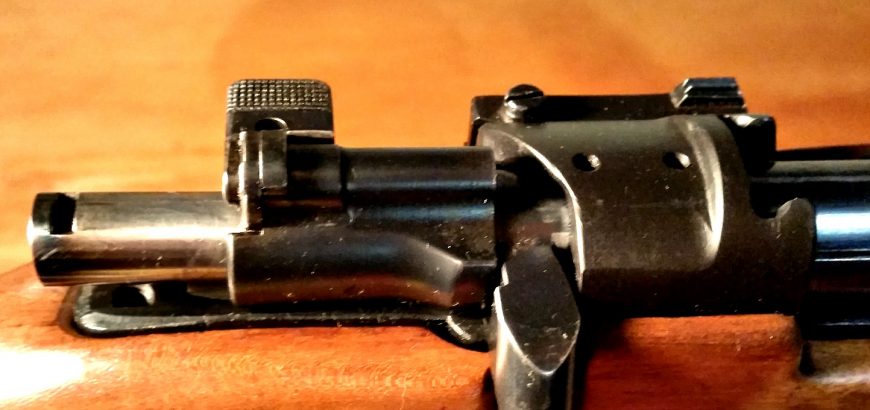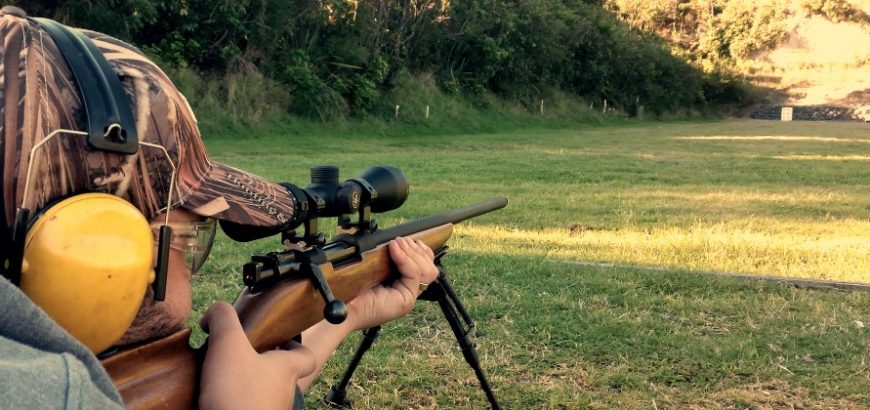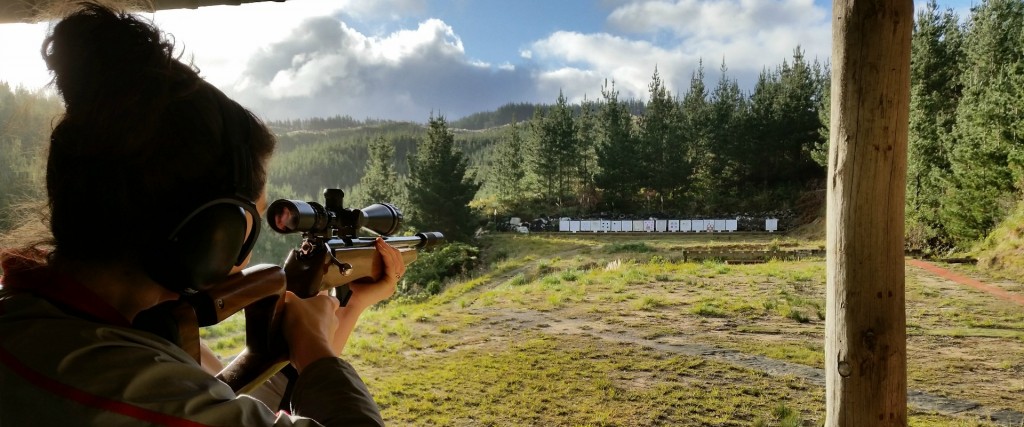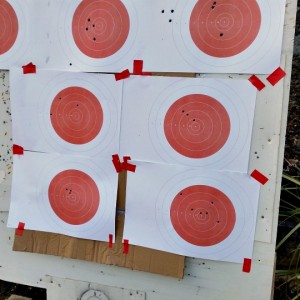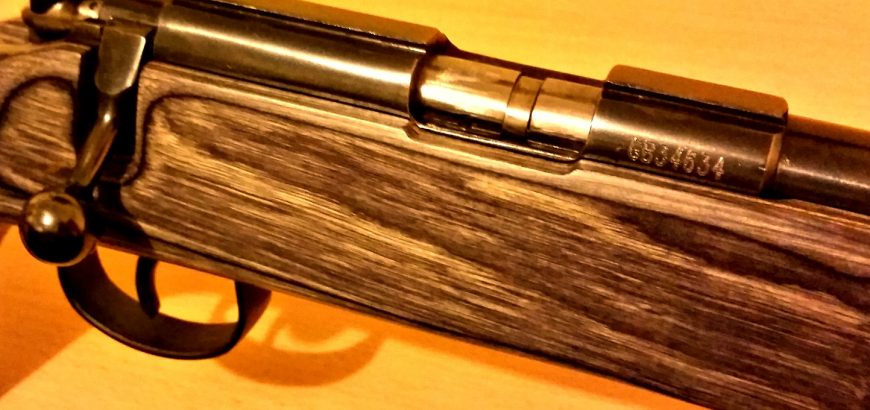If you’ve gone through the effort of getting your firearms licence, you’ll have come across seven neat rules that should dictate the way you handle guns for the rest of your life. These are the foundation of the arms code and are as follows:
Rule 1: Treat every firearm as loaded
Rule 2: Always point firearms in a safe direction
Rule 3: Load a firearm only when ready to fire
Rule 4: Identify your target beyond all doubt
Rule 5: Check your firing zone
Rule 6: Store firearms and ammunition safely
Rule 7: Avoid alcohol and drugs when handling firearms
You’ll notice, not one of these is “apply the mechanical safety on your firearm”. Why is this? Mechanical objects fail due to wear and tear, extreme conditions and pure bad luck. If you’ve read the instruction manual that comes with your new rifle or shotgun (highly recommended activity), you’ll notice that while new and improved safeties are always created for weapons and mentioned in these manuals, they usually discourage you from relying solely on these little switches.
How does a safety work?
There are two ways that most safeties work. The first is that they block the trigger from being pulled back, or even disconnect the trigger mechanism. The other is that they block the striker or hammer from moving forward and contacting the firing pin. There are many, many other types of safeties, and they can be in different places on your firearm, but they all have one thing in common – they are small bits of material upon which a large responsibility hangs.
That is why you never rely solely on a safety. Now – this my preference – I prefer not to use the safety at all. Some ranges will require your safety to be applied, and that’s fine. But, I personally don’t want to build up a reliance on a little switch.
What do I do instead?
When on the range and not using the rifle, I have it pointed in a safe direction with the action open, magazine out (or empty) and a breech flag in the chamber. This indicates to everyone that firearm is unloaded and safe.
When carrying a firearm to or on the range, same applies. Magazine out or empty (if fixed), and safety flag in or thumb in the chamber – muzzle pointed in a safe direction.
When firing on the range – well, you’re firing. What good is a safety when you want it to go bang?
When carrying a rifle in the field… This is where it gets a bit tricky. I leave my ammunition in my pocket, as well as my bolt if it’s a bolt action, until I’m near where I want to be shooting. When I am in the area in which I want to shoot, I fit the bolt (or close the action on a semi), and load the ammunition.
At this point, I do not chamber a round. I close the bolt on an empty chamber by pushing the top round down with my thumb or inserting the magazine on a closed bolt. When you’re ready to line up your shot, rack the bolt and get ready to squeeze the trigger.
If your quarry eludes you – drop the magazine out and remove the chambered round. Double check to see there’s nothing in there and close the bolt on an empty chamber before inserting your magazine again. Or, push the top round down on your bolt action.
This is just my personal procedure – you may have different feelings on the matter, or experience to the contrary. Leave a comment below with your tips on firearm safety.
Check out the arms code here.
